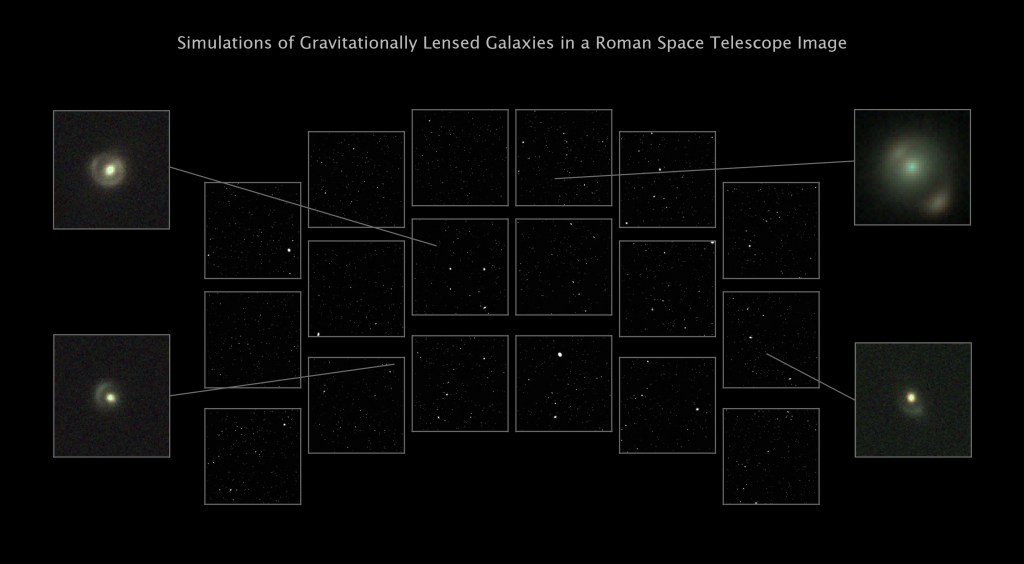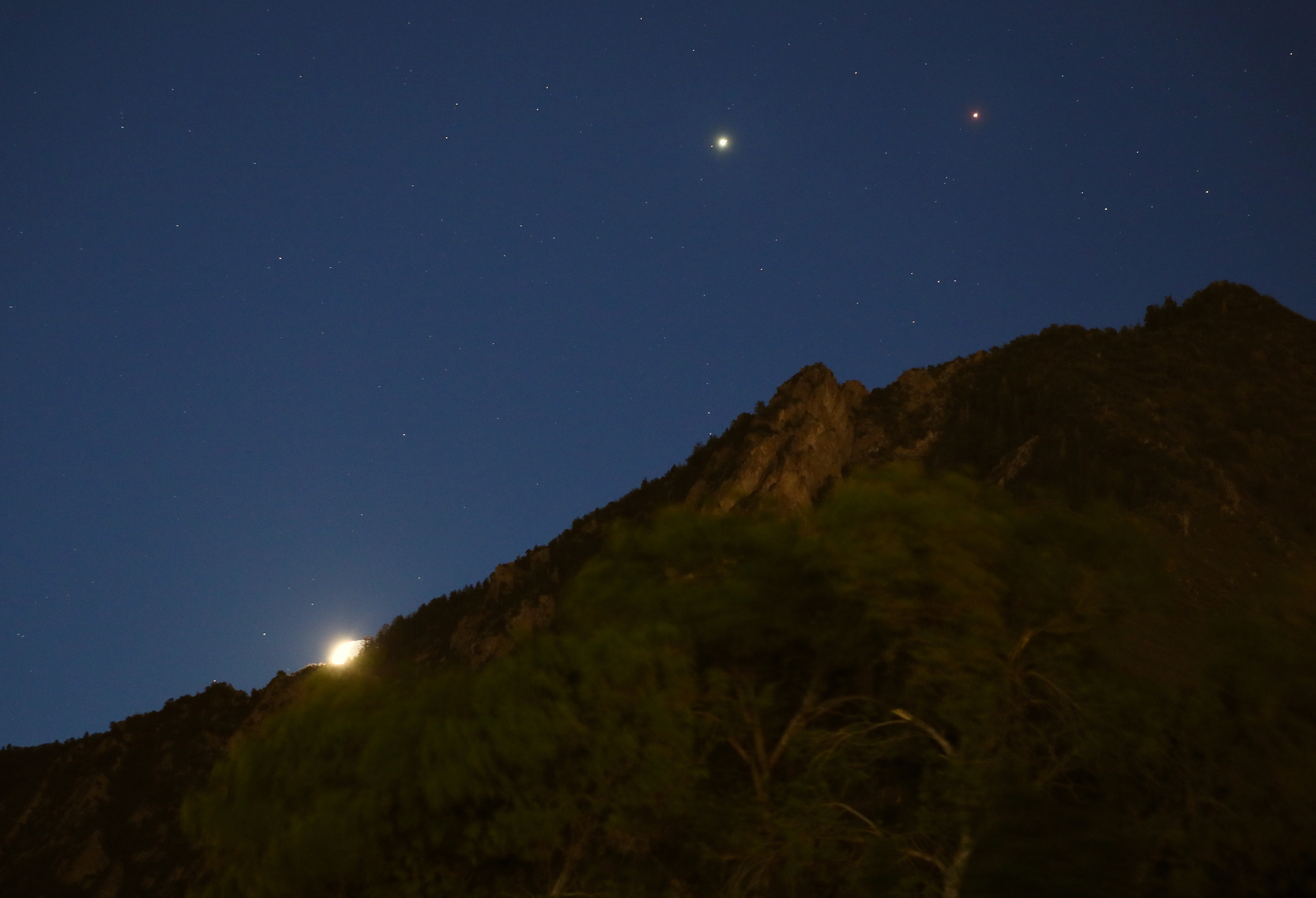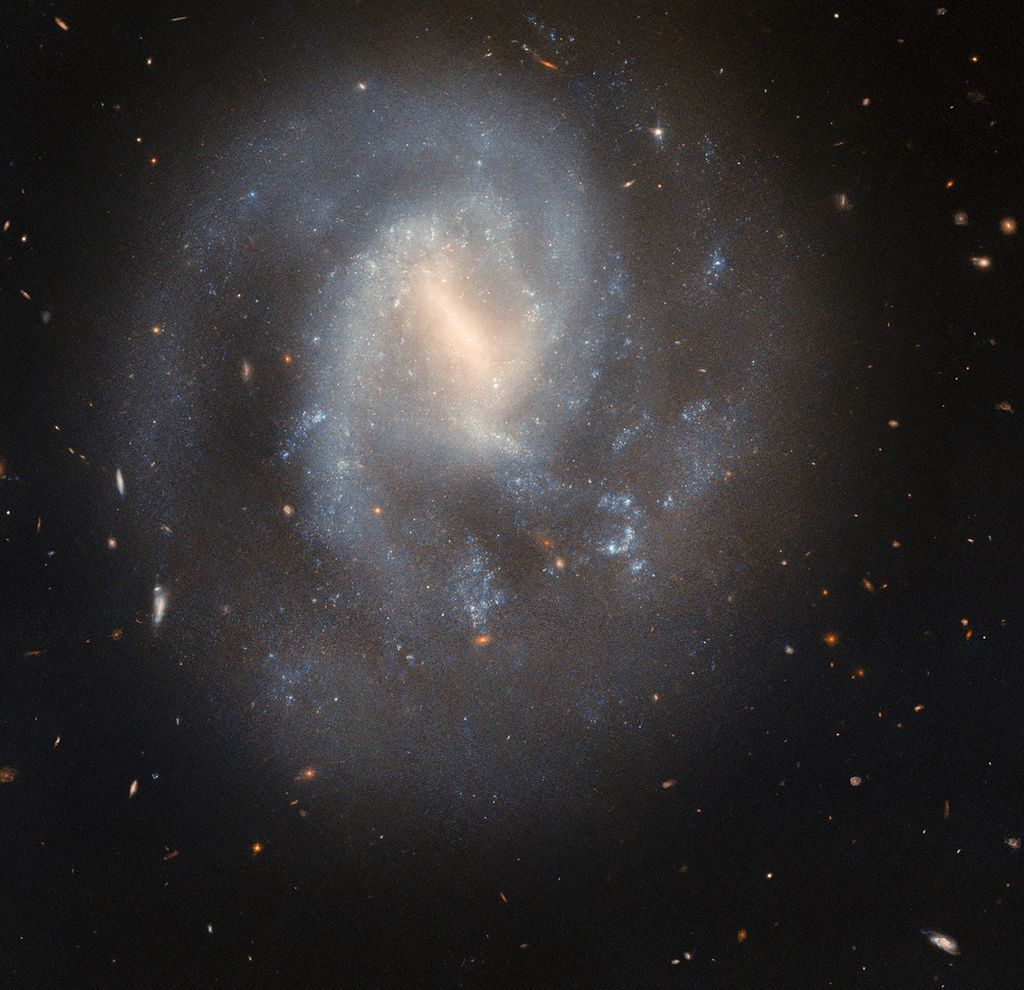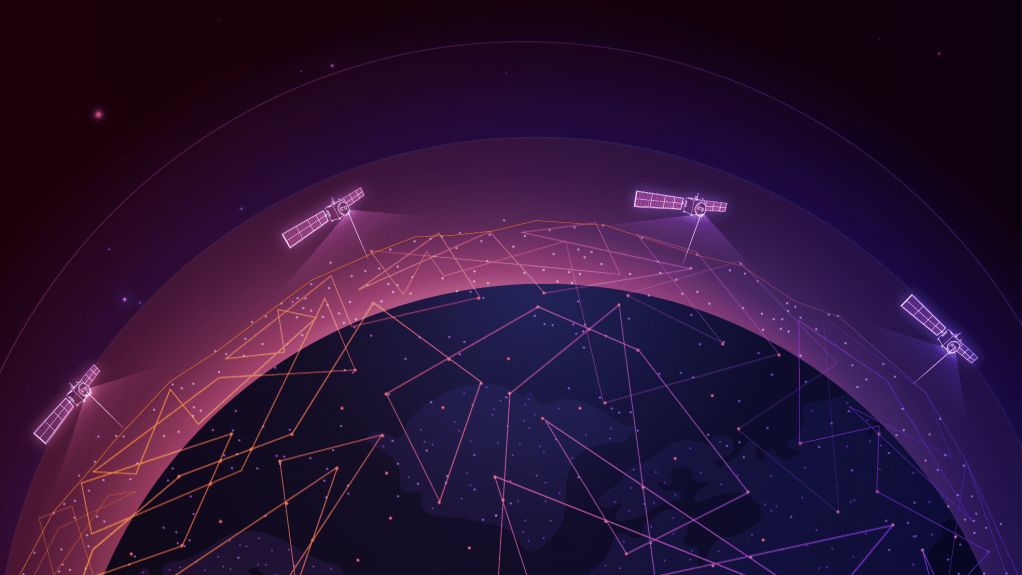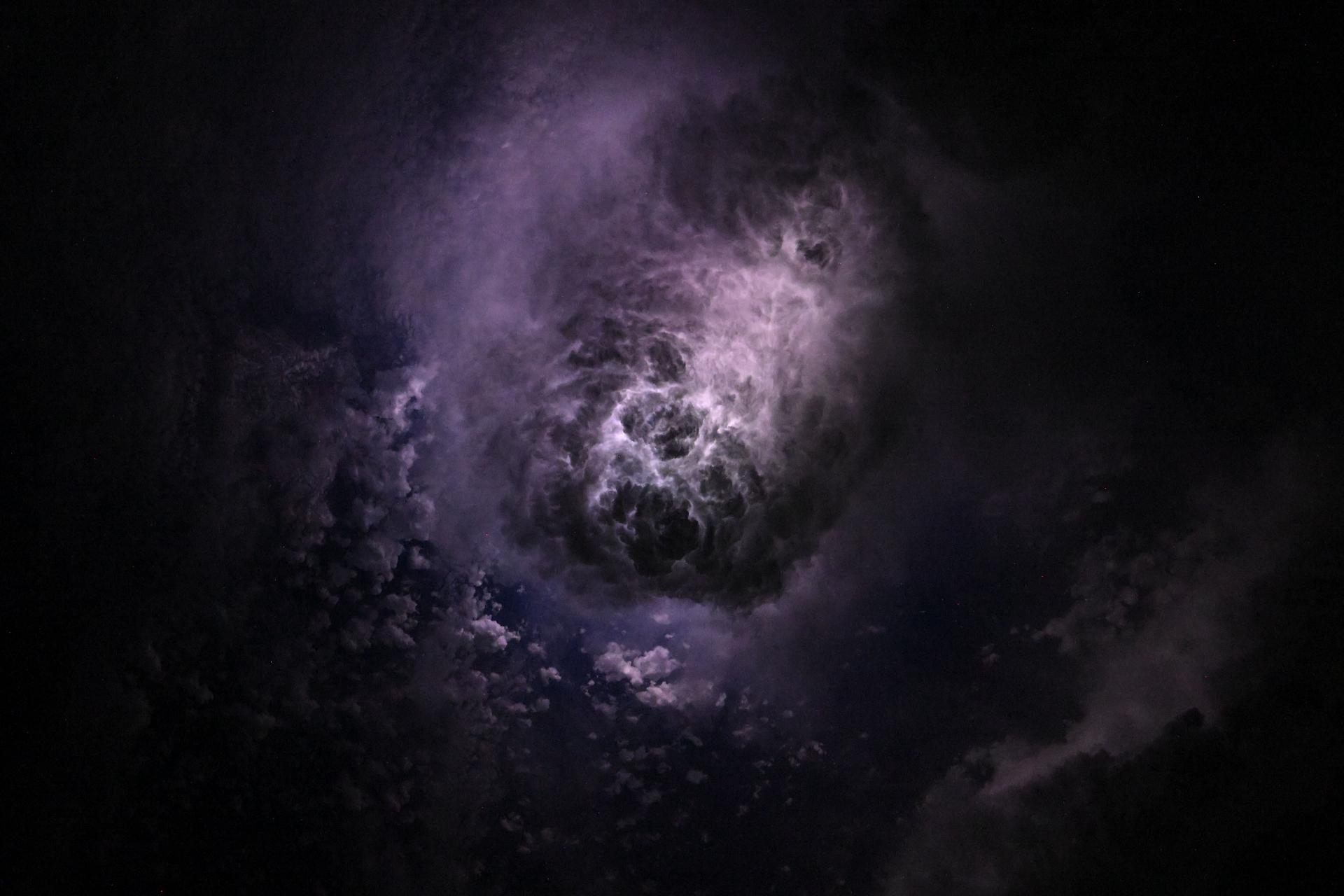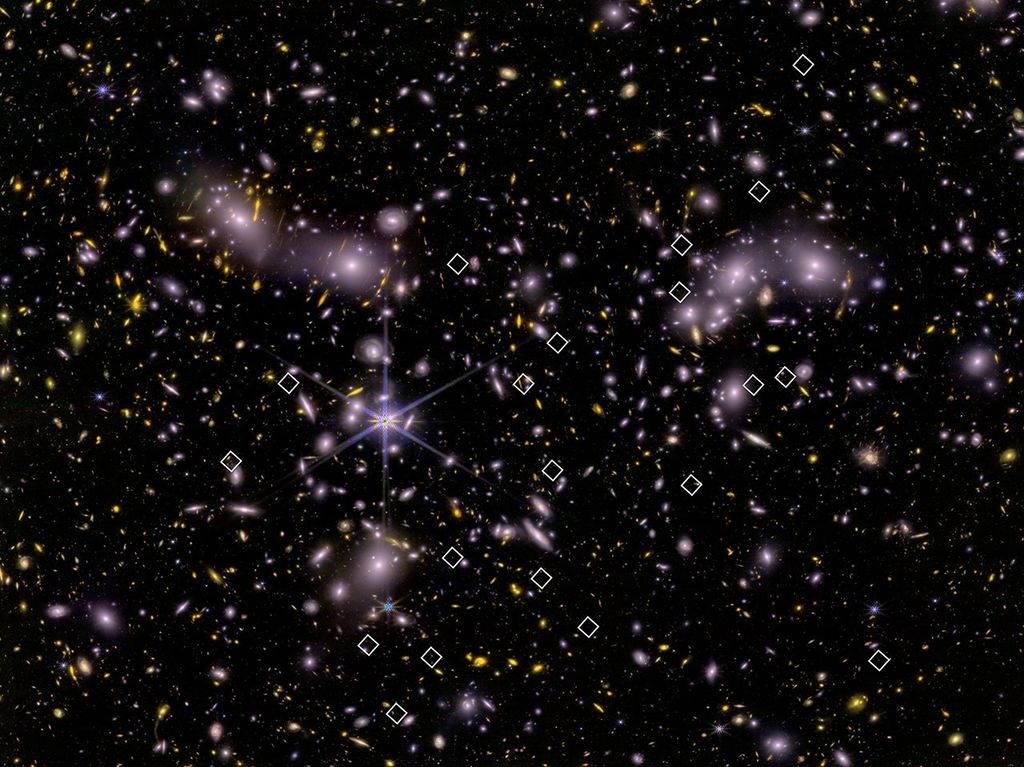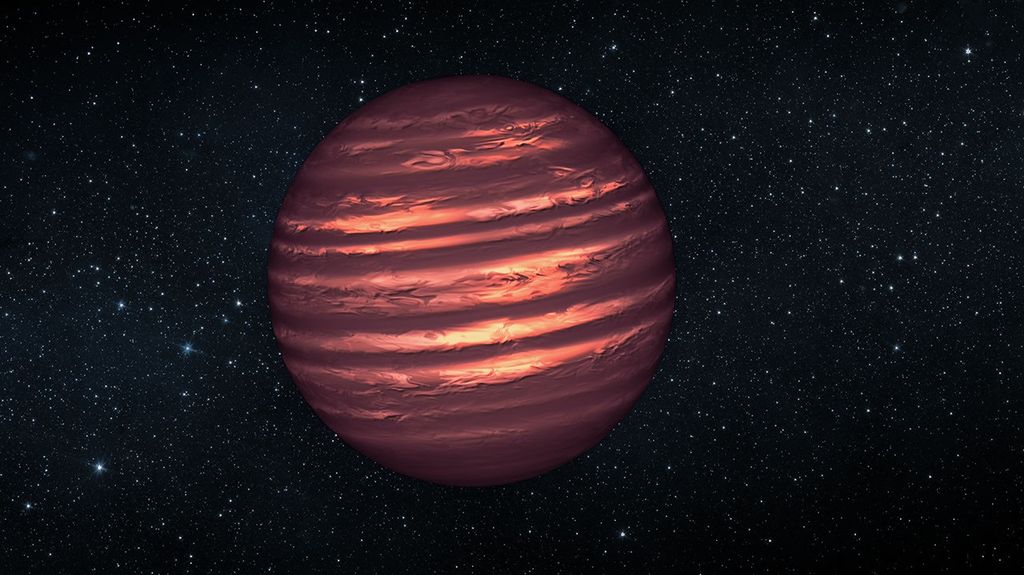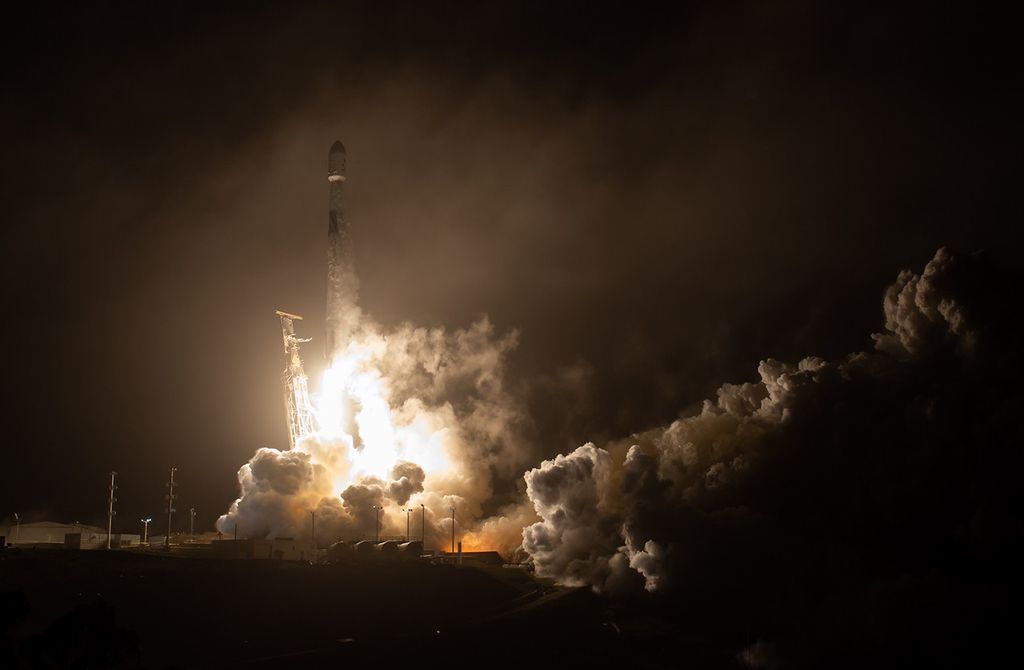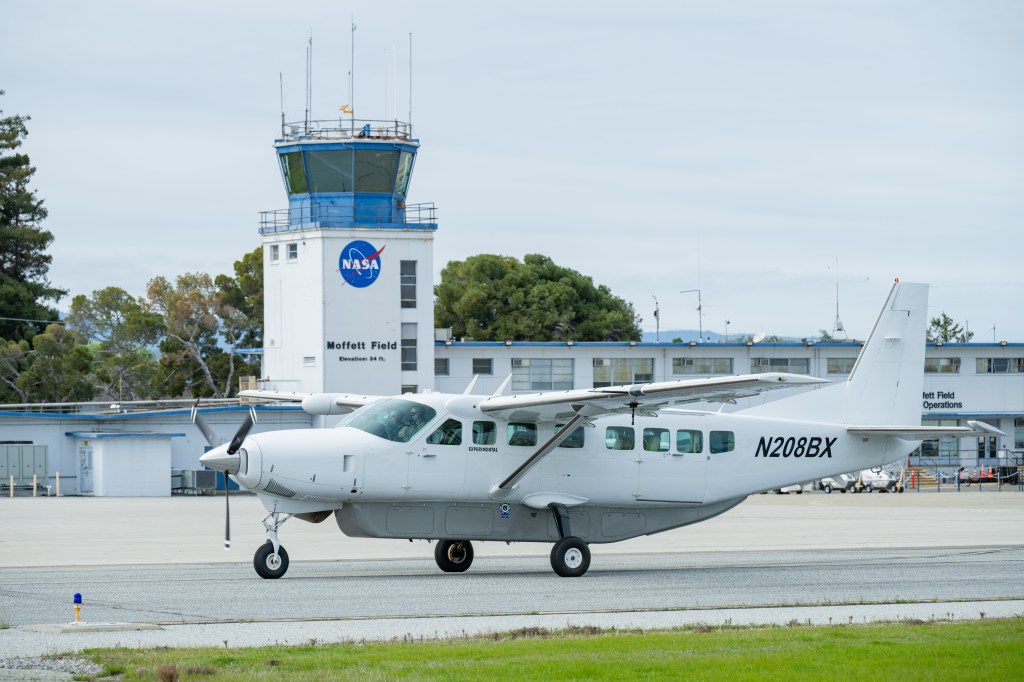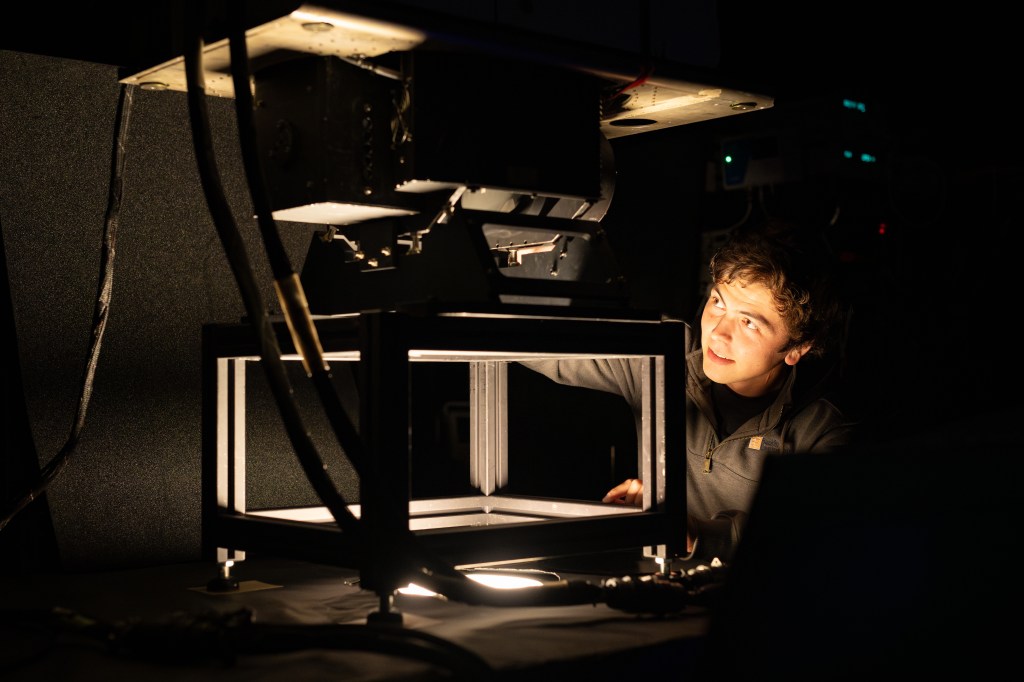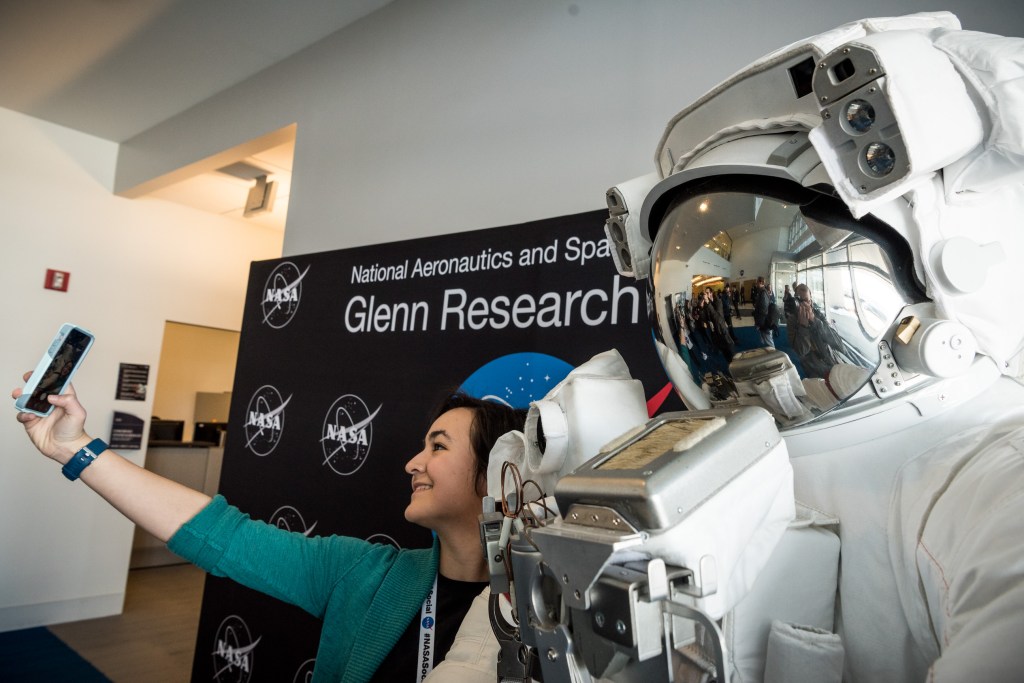1 min read
Hamilton’s Object

"This Hubble Space Telescope snapshot shows three magnified images of a distant galaxy embedded in a cluster of galaxies.
These images are produced by a trick of nature called gravitational lensing. The galaxy cluster's immense gravity magnifies and distorts the light from the distant galaxy behind it, creating the multiple images. The galaxy cluster, catalogued as SDSS J223010.47-081017.8, is 7 billion light-years from Earth.
Hubble has observed many gravitationally lensed galaxies. However, the images spotted in this Hubble snapshot are unique. Two of the magnified images, shown in the pull-out at bottom right, are exact copies of each other. The two bright ovals are the cores of the galaxy. This rare phenomenon occurs because the background galaxy straddles a ripple in the fabric of space. This “ripple” is an area of greatest magnification, caused by the gravity of dense amounts of dark matter, the unseen glue that makes up most of the universe's mass. As light from the faraway galaxy passes through the cluster along this ripple, two mirror images are produced, along with a third image that can be seen off to the side.
A close-up of the third image is shown in the pull-out at top right. This image most closely resembles the remote galaxy, which is located more than 11 billion light-years away. Based on a reconstruction of this image, the researchers determined that the distant galaxy appears to an edge-on, barred spiral with ongoing, clumpy star formation.
The mirror images are named “Hamilton’s Object" for the astronomer who discovered them.
About the Object
- R.A. PositionR.A. PositionRight ascension – analogous to longitude – is one component of an object's position.22:30:09.69
- Dec. PositionDec. PositionDeclination – analogous to latitude – is one component of an object's position.-08:09:40.19
- ConstellationConstellationOne of 88 recognized regions of the celestial sphere in which the object appears.Aquarius
- DistanceDistanceThe physical distance from Earth to the astronomical object. Distances within our solar system are usually measured in Astronomical Units (AU). Distances between stars are usually measured in light-years. Interstellar distances can also be measured in parsecs.About 7 billion light years (redshift z=0.82)
- DimensionsDimensionsThe physical size of the object or the apparent angle it subtends on the sky.Image is 1.7 arcmin across
About the Data
- Data DescriptionData DescriptionProposal: A description of the observations, their scientific justification, and the links to the data available in the science archive.
Science Team: The astronomers who planned the observations and analyzed the data. "PI" refers to the Principal Investigator. - InstrumentInstrumentThe science instrument used to produce the data.ACS/WFC, WFC3/IR
- Exposure DatesExposure DatesThe date(s) that the telescope made its observations and the total exposure time.Sep 2015 and Apr 2016
- FiltersFiltersThe camera filters that were used in the science observations.F606W, F814W, F110W, F140W
- Object NameObject NameA name or catalog number that astronomers use to identify an astronomical object.SDSS J223010.47-081017.8 "Hamilton's Object"
- Object DescriptionObject DescriptionThe type of astronomical object.Multiply lensed galaxy
- Release DateOctober 7, 2021
- Science Release‘Double’ Galaxy Mystifies Hubble Astronomers
- CreditNASA, ESA, Richard Griffiths (UH Hilo); Co-Author: Jenny Wagner (ZAH); Image Processing: Joseph DePasquale (STScI)

These images are a composite of separate exposures acquired by the ACS and WFC3 instruments on the Hubble Space Telescope. Several filters were used to sample narrow wavelength ranges. The color results from assigning different hues (colors) to each monochromatic (grayscale) image associated with an individual filter. In this case, the assigned colors are: Blue: F606W Green: F814W Red: F110W + F140W
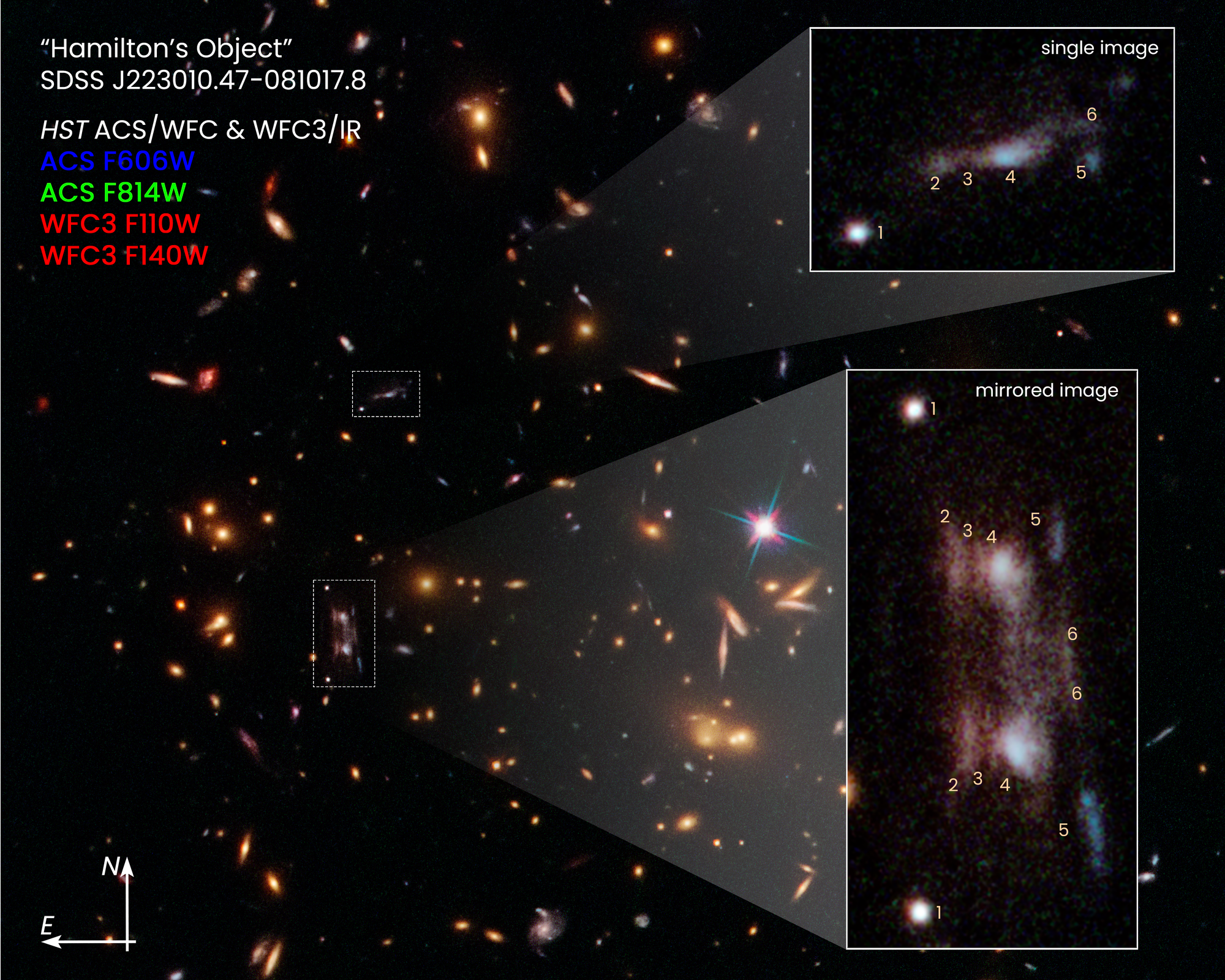
Share
Details
Claire Andreoli
NASA’s Goddard Space Flight Center
Greenbelt, Maryland
claire.andreoli@nasa.gov


